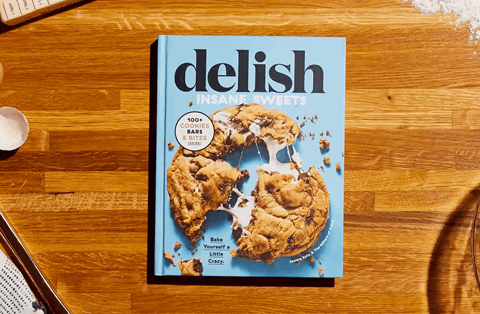One printer pioneering its own finishing techniques is the UK and New York-based Kingsbury Press. ‘Our aim is a simple one, to create a masterpiece,’ states their website. ‘To use our skill, experience and craftmanship to transform every project into a work of beauty.’ And that’s evident in their portfolio of magazines, brochures, books and marketing material for luxury brands. They create covetable pieces for high-end real estate lifestyle and hotel brands like 22 Bishopsgate in London, De Beers and The Royal Atlantis Resort in Dubai.
Director Robert Layton explains that as well as offering offset printing effects like screen rulings (the number of screen lines, or lines per inch. The higher the lines per inch, the greater the detail), stochastic screening (gives you lifelike tonal representations), coatings like drip-off (lets you coat specific parts of an image in high-gloss UV), and metallic embellishments, Kingsbury has also invested in technology to go further with enhancements in-house.
‘We developed a product called K-Bind,’ he says, ‘a lay-flat binding method that avoids an obvious fold and stops images or words getting lost in the gutter. Then we have KolorEdge that allows any Pantone colour to be used on the edges of books, brochures, invites and business cards. The same machine can foil gilt metallic colours. We're trying to bring that element of surprise and luxury to a product,’ says Robert. I saw something on LinkedIn yesterday that said luxury packaging is often more powerful than the product it contains.’
Without doubt these enhancements mean more marketing spend, but agencies shouldn’t underestimate the gains made in terms the impact these special effects will add to their print campaign. In fact, the cost doesn’t have to be prohibitive, and it’s more accessible than many realise. Kingsbury Press also attract mass-market customers who are after the same appeal. ‘Because we have the technology in-house, we attract a diverse range of clients. If you don’t innovate, you don’t survive. Innovating allowed us to get market share in a decreasing marketplace.’ If more marketers were made aware of innovation in printing, they would boost the creativity, effectiveness and ROI of a campaign no end.







